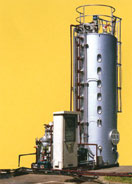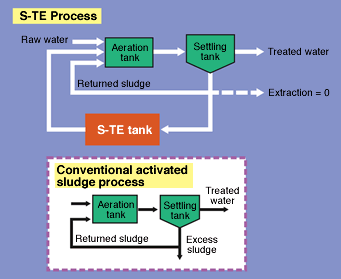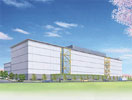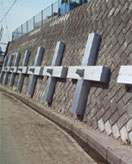Home > About Us > Corporate Social Responsibility > Sustainability Report > Environmental Sustainability Report 2004
| Environmental Management Environmental Sustainability Report 2004 |
|||
| Contribution to Environmental Protection through Products, Technologies and Services (5) |
|
||||||||||||||||||||||||||||||||||






